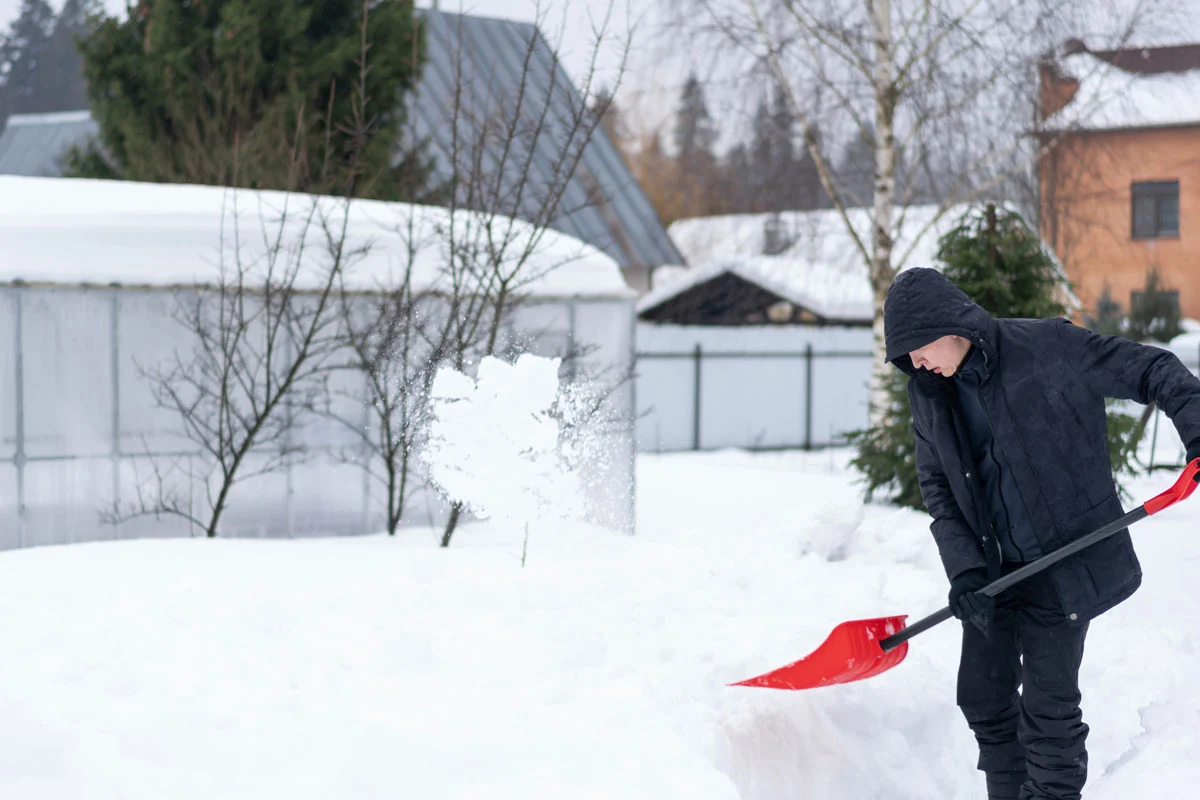As the temperatures drop and winter approaches, it is crucial to prepare your garden for the harsh conditions that lie ahead. Winterizing your garden not only ensures its survival but also sets the stage for a thriving garden in the coming year. By taking proactive steps to protect your plants, soil, and overall garden health, you can ensure that your garden remains vibrant even during the coldest months.
Tip 1: Preparing the Soil for Winter and Ensuring Optimal Nutrient Levels
Before winter arrives, it is essential to prepare your soil by amending it with organic matter such as compost or well-rotted manure. This will help improve soil structure, drainage, and nutrient content.
Organic matter acts as a natural fertilizer, replenishing essential nutrients that may have been depleted during the growing season.
Furthermore, conducting a soil test can provide valuable insights into any deficiencies or imbalances in nutrient levels. Based on these results, you can adjust fertilizer applications accordingly to ensure optimal nutrient availability for your plants during winter.
In addition to improving soil fertility, it is important to protect bare soil from erosion caused by heavy rainfall or snowmelt. Applying a layer of mulch around plants helps retain moisture while preventing weeds from taking over.
Tip 2: Protecting Plants from Frost and Extreme Temperature Fluctuations
Frost is one of the biggest threats to plants during winter months. To protect delicate plants from frost damage, cover them with frost blankets or cloths when freezing temperatures are expected overnight.
These protective covers create an insulating barrier between plants and cold air while allowing sunlight penetration during daytime hours.
Another effective method of protecting plants from extreme temperature fluctuations is using horticultural fleece or straw mulch around their base. This additional layer provides extra insulation against cold winds and prevents rapid temperature changes that can damage plant cells.
For potted plants, consider moving them indoors or to a sheltered area such as a greenhouse or garage.
This will provide them with the necessary protection from freezing temperatures and harsh winter conditions.
Tip 3: Properly Mulching to Insulate Plants and Prevent Moisture Loss
Mulching is an essential practice in winterizing your garden. Not only does it insulate plants against extreme temperatures, but it also helps prevent moisture loss from the soil.
When applying mulch, ensure that you leave a gap around the base of plants to prevent rotting. A layer of mulch that is two to three inches thick is generally sufficient for most plants.
Organic materials such as straw, wood chips, or shredded leaves make excellent choices for mulch as they break down over time and enrich the soil with organic matter.
In addition to protecting against temperature fluctuations and moisture loss, mulch also acts as a natural weed suppressant. By preventing weed growth, you reduce competition for nutrients and water among your desired plants.
Tip 4: Pruning and Trimming for Healthy Growth During Winter Months
Pruning plays a crucial role in maintaining plant health during winter months. By removing dead or diseased branches, you not only improve the overall appearance of your garden but also prevent potential disease spread when spring arrives.
It is important to note that not all plants require pruning during winter.
Some species may benefit from late-winter pruning while others should be pruned after flowering in early spring. Consult specific guidelines for each plant variety to determine the best time for pruning.
During winter pruning sessions, remember to use clean and sharp tools to avoid causing unnecessary damage to plant tissues. Applying a thin layer of horticultural oil on freshly pruned cuts can help protect against pests and diseases until new growth emerges in spring.
Tip 5: Implementing Effective Watering Techniques to Sustain Plant Health
Watering practices during winter differ from those in other seasons. While it may be tempting to reduce watering frequency, it is important to ensure that your plants receive adequate moisture.
Monitor soil moisture levels regularly and water when necessary. In colder climates, water early in the day to allow excess moisture on plant surfaces to evaporate before temperatures drop at night.
This helps prevent fungal diseases caused by prolonged leaf wetness.
Remember that container plants have different watering needs compared to those planted directly in the ground. Containers tend to dry out faster due to increased exposure to wind and sun. Inspect container plants frequently and adjust watering accordingly.
Bonus Tip: Creating a Sheltered Environment for Vulnerable Plants or Containers
In addition to the above tips, creating a sheltered environment can provide an extra layer of protection for vulnerable plants or containers during winter months. Consider using windbreaks such as fences, hedges, or burlap screens to shield plants from cold winds and minimize desiccation.
For potted plants, grouping them together can create a microclimate that provides added warmth and protection against freezing temperatures. Placing pots against a south-facing wall or using insulated covers can further enhance their chances of survival.



